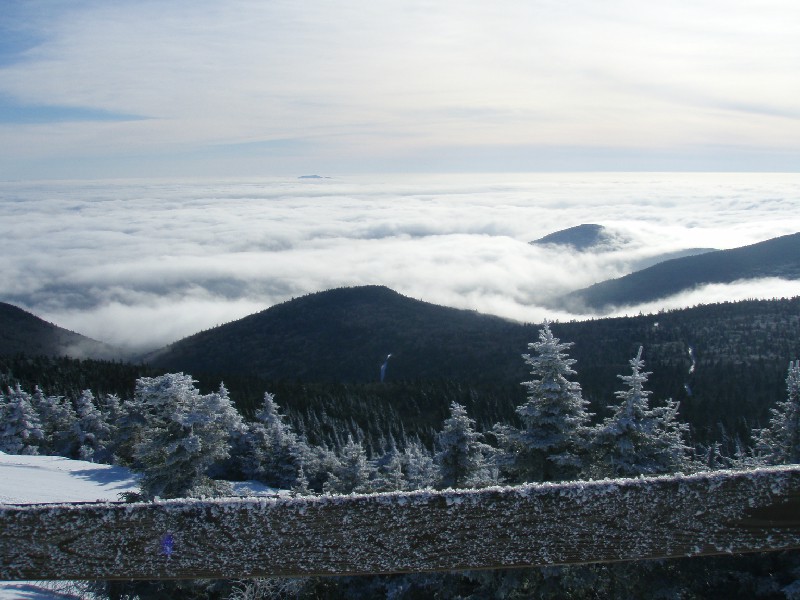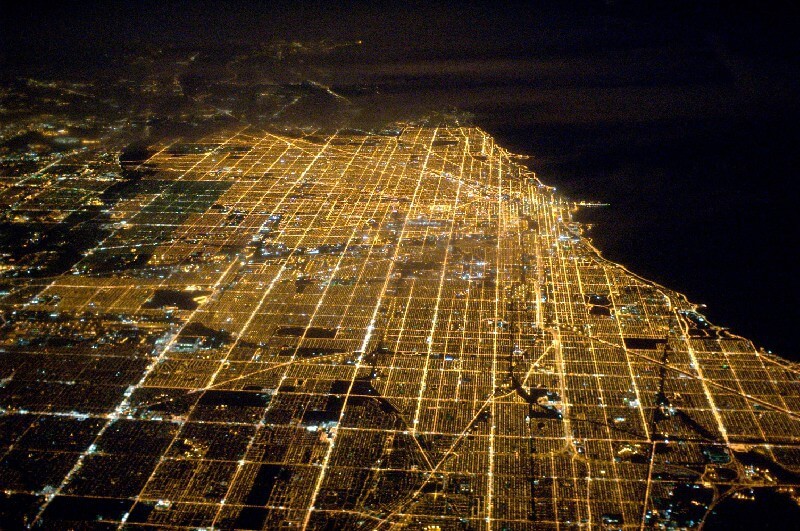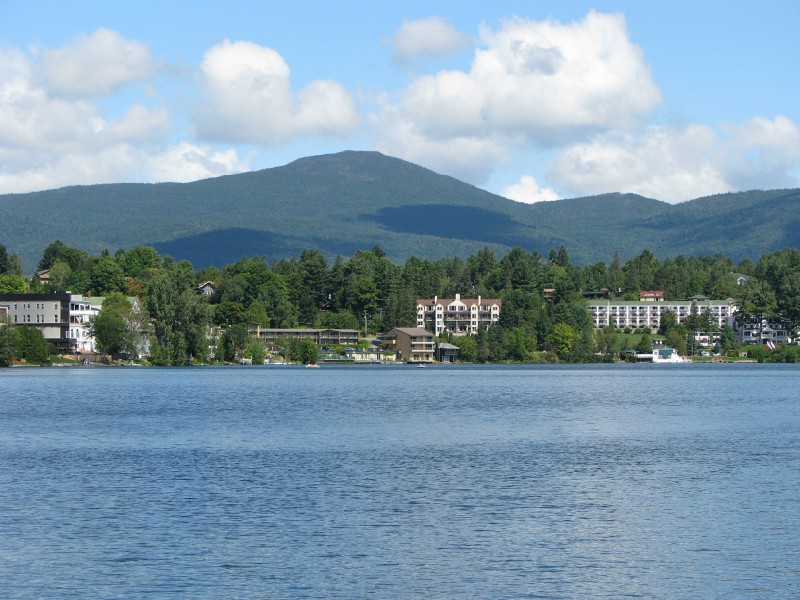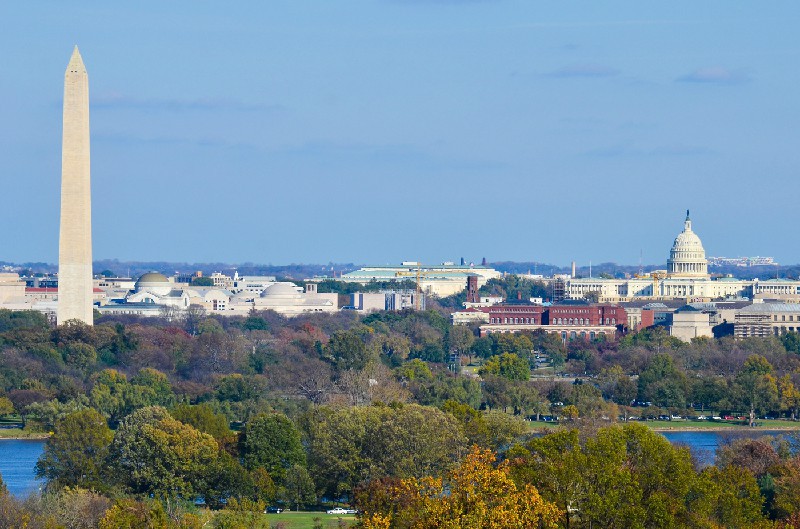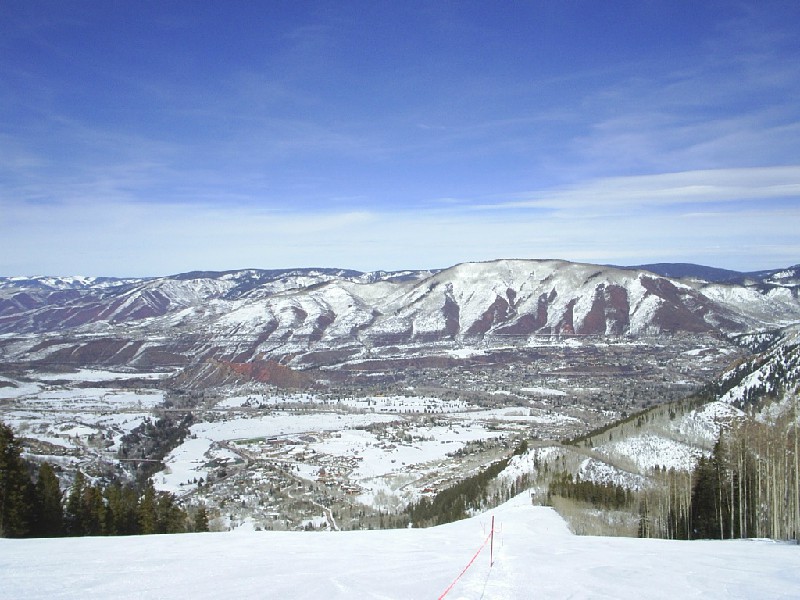Geography and Climate in New York
Rating: 8,2/10 (2943 votes) 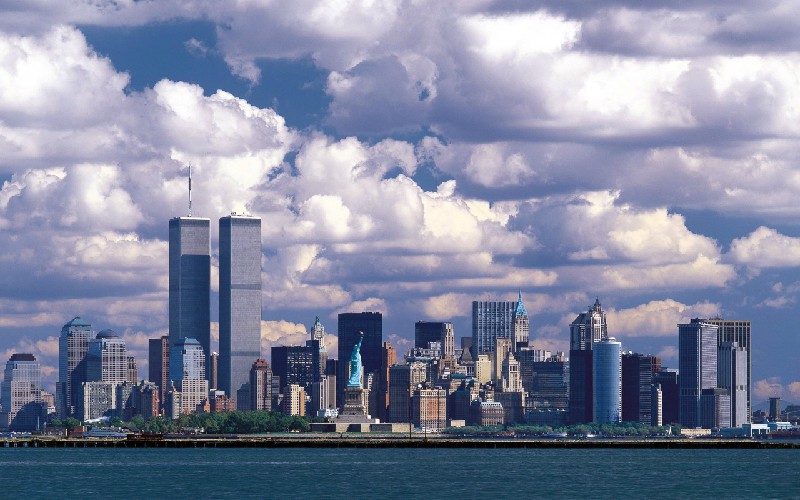 LocationNew York is the largest city in the United States, located on the east Atlantic coast of the country, in the southeast of New York State, near the Hudson River. The territory of the city includes the islands of Manhattan and Staten Island, and also the western part of Long Island, a number of islets in New York harbor and a fragment of the North American mainland (Bronx). Location, on & nbsp; which in nowadays the city of New York is located, in ancient times it was inhabited by the Indian tribes of Manahattow and Canarsie. The first settlement of colonists was founded here by the Dutch and was named New Amsterdam. Only in 1664 with the capture of the city by the British, the name New York appeared after the name of the Duke of York, who led the seizure. For many decades, millions of immigrants came to New York looking for a new life. This and is due to the very motley ethnic composition of the city's inhabitants. The first half of the XX century turned New York into an industrial and shopping center. No wonder it was New York that was chosen as the permanent location of the UN headquarters. You can get to New York by direct flight only from Moscow, when traveling from other cities you need a transfer. The plane lands at New York Kennedy Airport. New York time zone: GMT-5 (-8 hours from Moscow). ClimateNew York is a southern city with a characteristic subtropical oceanic humid climate. Despite this, the difference between summer and winter temperatures is significant, since the main air masses come here from the mainland side. In the hottest summer months (July and August) the air temperature in on average ranges from + 19 to + 28 ° C, but are not uncommon and higher rates - up to +32 ... + 38 ° С. Winter temperatures rarely drop below the mark in ?2 ... + 5 ° C, but due to high humidity and windiness, the cold is felt stronger. Precipitation in during the year is usually uniform. Snow falls almost every winter (60 cm for year). The best time to travel to New York is spring or autumn with mild temperatures. At the same time, tourists should be aware of the unpredictability of local weather and stock up on several types of clothing.  We also recommend reading Geography and Climate of Los Angeles Topic: Geography and Climate in New York. |
